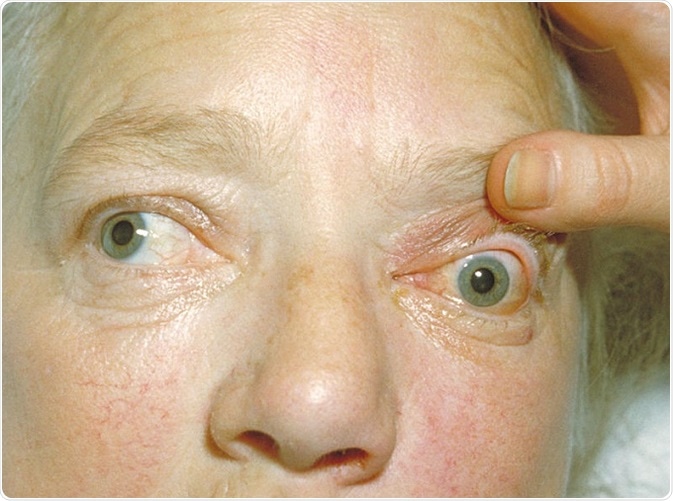
Oculoplastic Surgery Overview
Any surgery done to correct deformities and/ or malformations of the eyes and its surrounding components may be referred to as oculoplastic surgery. Structures such as the bony socket of the eye, eyelids and tear ducts are included, as well as the cheeks and skin in the contiguous area.
A combination of reconstruction and plastic surgery may be done by specialized ophthalmologists or oculoplastic surgeons in order to restore function and form to the tissues involved. Oculoplastic procedures may be categorized as functional and reconstructive eyelid surgery, tear duct operations, and surgical and non-surgical cosmetic operations.
Indications
There are many conditions that warrant oculoplastic surgical intervention. Injuries or abnormalities to the eye itself, eyebrows, eyelids, eye sockets, cheeks and forehead are the main indications for oculoplastic surgery.
Facial or forehead anomalies include cancers and growths around or in the eyes, ptosis (i.e. droopy eyelids), weakness of facial muscles caused by conditions like Bell’s palsy, or ocular problems that arise from illnesses like Grave’s disease.

Patient with Graves' disease showing pathology of the eye. This image is a work of the Centers for Disease Control and Prevention, part of the United States Department of Health and Human Services/ commons.wikimedia.org.
Sometimes patients may not necessarily have a deformity, but would like to have oculoplastic surgery for cosmetic purposes like a face lift.
Functional and reconstructive eye lid surgery
Functional and reconstructive oculoplastic surgery is focused on the treatment and correction of ptosis, mal-positioned eyelids, reconstruction of eyelids after damage, eyelid lesions and Bell’s palsy. Ptosis may be congenital or acquired due to conditions such as old age or the long term use of contact lenses, as well as damage to the cervical plexus. Approaches considered for correcting ptosis depend on the extent of the eyelid droop, and most patients recuperate from the surgery rather quickly.
Mal-positioned eyelids may be seen as the turning in (i.e. entropion) or out (i.e. ectropion) of the eyelids. This requires surgery to return the eyelids to their physiological position in order to function in their normal capacity, which is protecting the surface of the eyes. The removal of tumors from the eyelids, or damage that arises from trauma, are often indications for functional and reconstructive surgery of the eyelids with the help of tissue grafts and flaps.
Cysts, styes, moles and skin tags are among the most common benign lesions that require removal from the eyelids. In patients with Bell’s palsy, damage to the seventh cranial nerve may lead to weakness of the face, uni- or bilaterally affecting the ability to blink and close the eyelids. Both surgical and non-surgical techniques may be employed to improve eyelid functionality as well as symptoms.
Tear duct operations
Lacrimal or tear duct surgeries are required when there is damage to the patency or obstruction of the ducts, which drain the surfaces of the eyes. Some patients may have obstructed lacrimal ducts for many years without any major signs, but there is a significantly increased risk of abscesses being formed and acute infection of the tear sac.
If, for instance, there is an acute infection of the tear sac, then antibiotics are administered for approximately one week. This may be followed by surgery to treat obstruction of the tear duct which usually opens into the nasal cavity. Here a new passage is created for tears to drain easily.
Surgical and non-surgical cosmetic operations
Surgical cosmetic operations may be employed for blepharoplasty, which is done to repair the shape and tone of the eyelids that sag and loosen as we age. Lax muscle, bulging fat and excess skin may be removed to achieved desired effect – a more youthful appearance.
In addition to blepharoplasty, there is also face lifting of the brows and forehead as well as eyelid crease enhancement. Patients opting to take the non-surgical cosmetic routes may use dermal fillers (e.g. hyaluronic gels), neuromodulators (e.g. Botox) and the injection fat grafts and/ or transfers from the abdomen to the face.
References
- http://ophthalmology.stanford.edu/patient_care/clinics_plastic.html
- http://www.djo.harvard.edu/site.php?url=/patients/pi/437
- http://www.uofmhealth.org/quality-safety/oculoplastic-surgery-reconstructive-and-plastic-surgery
Further Reading
Last Updated: Aug 23, 2018























.png)









No hay comentarios:
Publicar un comentario